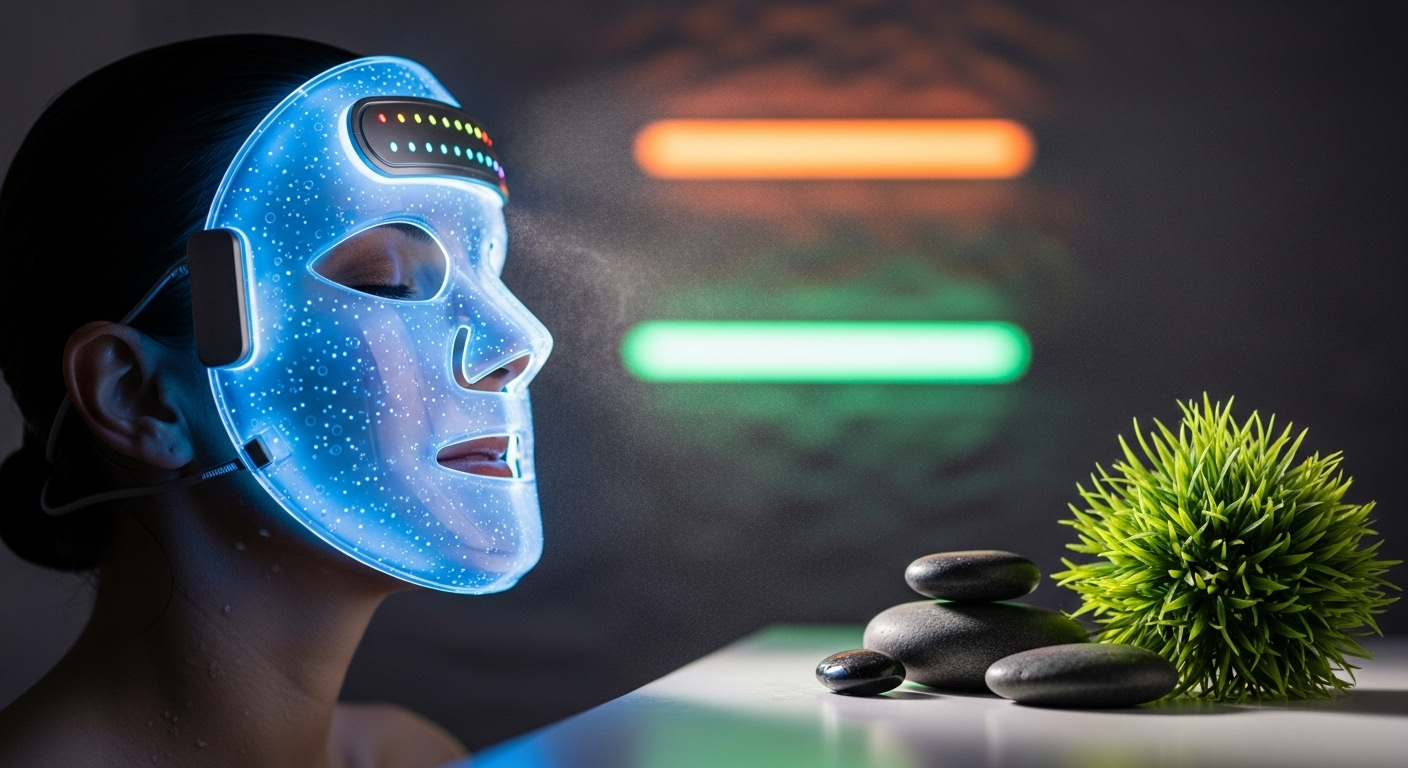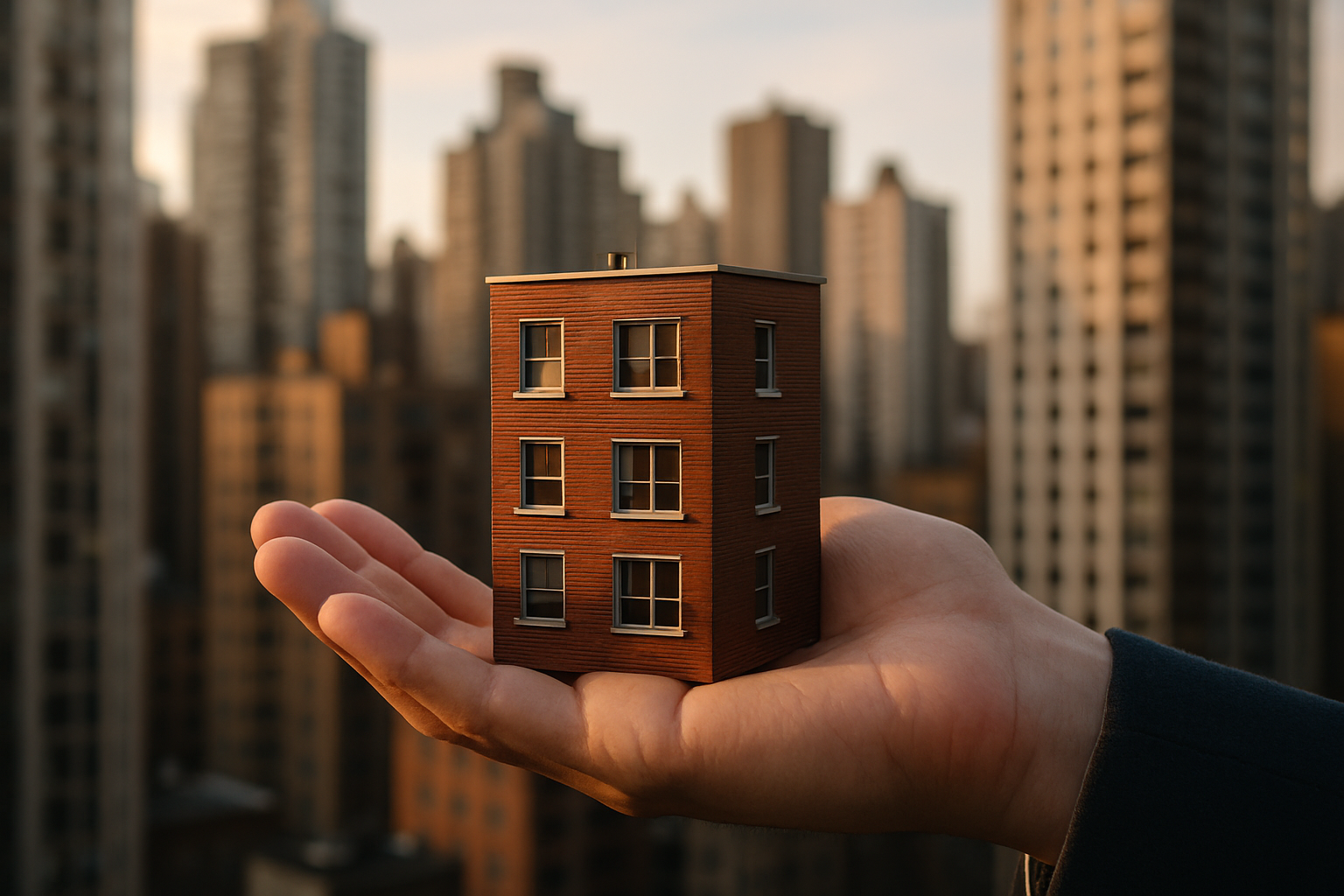Chromotherapy: The Science of Color in Wellness
In the ever-evolving landscape of beauty and wellness, an intriguing practice is gaining traction: chromotherapy. This innovative approach harnesses the power of color to promote physical, emotional, and mental well-being. Rooted in ancient healing traditions yet backed by modern scientific research, chromotherapy offers a unique fusion of holistic and evidence-based methodologies. As the beauty and fitness industries increasingly embrace integrative approaches, chromotherapy emerges as a fascinating frontier, promising to revolutionize our understanding of how light and color impact our health and appearance.

The Science Behind Chromotherapy
At its core, chromotherapy is based on the principle that different colors of light emit varying wavelengths and energy levels, which can influence our physiological and psychological states. Research has shown that exposure to specific colors can affect brain activity, hormone production, and even cellular function. For instance, blue light has been found to suppress melatonin production, impacting our sleep-wake cycle, while red light has demonstrated the ability to stimulate collagen production in skin cells.
Applications in Beauty and Skincare
The beauty industry has embraced chromotherapy with open arms, incorporating light-based treatments into various skincare devices and professional services. LED light therapy masks have become increasingly popular, offering different color settings to target specific skin concerns. Red light is often used for anti-aging purposes, stimulating collagen and elastin production, while blue light is employed to combat acne-causing bacteria. Green light is believed to help with hyperpigmentation and skin tone evenness.
Chromotherapy in Fitness and Recovery
The fitness world has also begun to explore the potential of chromotherapy. Some innovative gyms and wellness centers now offer chromotherapy rooms or pods, where individuals can exercise or recover in a controlled light environment. Different colors are used to enhance various aspects of physical performance and recovery. For example, orange light is thought to boost energy and motivation during workouts, while indigo light may aid in muscle recovery and reduce inflammation post-exercise.
Color Psychology and Emotional Wellness
Beyond its physical applications, chromotherapy plays a significant role in emotional and mental well-being. Color psychology, a closely related field, examines how different hues can influence mood, behavior, and cognitive function. Many spas and wellness retreats now incorporate chromotherapy into their relaxation spaces, using calming blues and greens to promote stress relief and mental clarity. Some meditation practitioners have begun integrating color visualization techniques into their sessions, guiding participants to imagine specific colors for various therapeutic purposes.
Chromotherapy in Home Design and Everyday Life
The principles of chromotherapy are increasingly being applied to home design and everyday living spaces. Smart lighting systems now offer the ability to adjust room color throughout the day, aligning with our natural circadian rhythms. Some sleep experts recommend using warmer, amber tones in the evening to promote relaxation and better sleep quality. In contrast, cooler, bluer light in the morning can help increase alertness and productivity.
Challenges and Controversies
While chromotherapy shows promise, it’s not without its skeptics and challenges. Critics argue that some claims made by proponents lack robust scientific evidence. The placebo effect may play a role in perceived benefits, and more rigorous studies are needed to fully understand the mechanisms and efficacy of color therapy. Additionally, there are concerns about the potential overuse or misuse of light therapy, particularly regarding blue light exposure and its impact on sleep patterns.
Future Directions and Research
As interest in chromotherapy grows, so does the body of research exploring its potential applications. Scientists are investigating the use of specific light wavelengths for pain management, wound healing, and even neurological conditions. The development of more sophisticated light therapy devices and personalized color treatment protocols may soon allow for highly targeted interventions tailored to individual needs.
In conclusion, chromotherapy represents an exciting intersection of ancient wisdom and cutting-edge science in the realm of beauty and wellness. As we continue to unravel the complex relationships between light, color, and human physiology, chromotherapy may well emerge as a powerful tool in our quest for holistic health and beauty. While further research is needed to fully validate its effects, the growing interest in this field suggests that chromotherapy will play an increasingly significant role in shaping the future of wellness practices and technologies.





